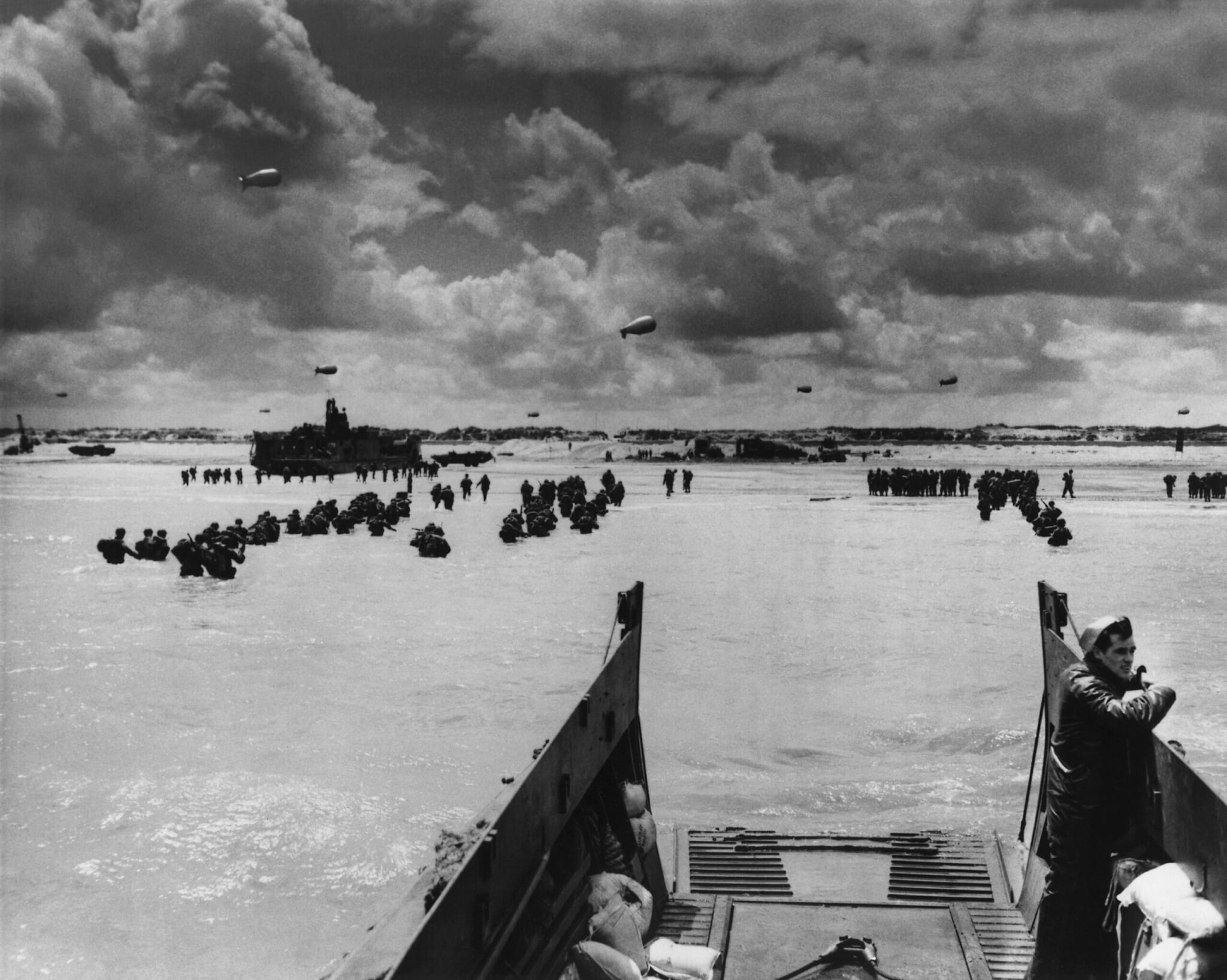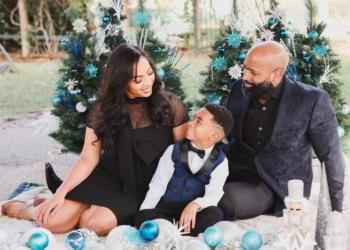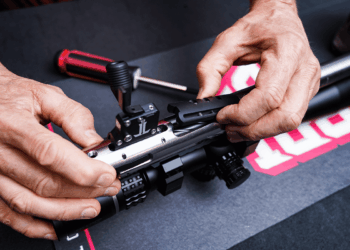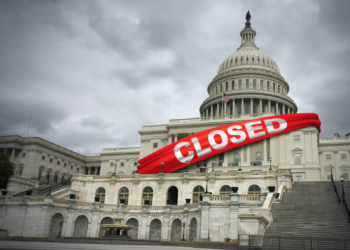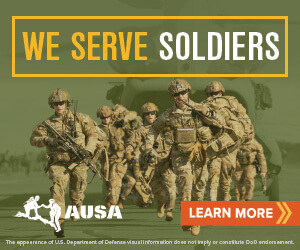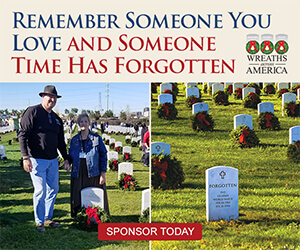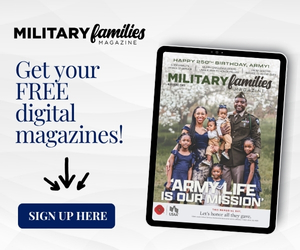The Veterans History Project (VHP) is documenting thousands of stories from D-Day veterans so future generations can learn from those impacted by the Normandy invasion.
D-Day “has taken on such mythic proportions,” said Monica Mohindra, director of the VHP of the American Folklife Center at the Library of Congress. “And at this 80th anniversary, there are fewer and fewer people who were living at that time and had a direct [connection] or know that they have a direct connection to it.”
To mark the anniversary, her team is highlighting some of the 1,600 stories they have collected from D-Day veterans. The project preserves and makes accessible firsthand recollections of U.S. military veterans who served from World War I through more recent conflicts and peacekeeping missions so future generations hear directly from veterans and better understand what they saw, did and felt during their service, according to its website.
“I think it is a little easy to forget the individual stories, the individual families, that were impacted and what did it all mean,” Mohindra said. “D-Day, for those who study [and] really look at military history, is nearly universally acknowledged as an extremely major turning point in the war against the Axis. Similarly, it is acknowledged as the largest-ever amphibious military operation, but what does that actually mean?”
When we look specifically at D-Day itself, more than 2,500 American troops died, with an additional 73,000+ being killed in the days that followed. D-Day turned the tide of what was happening during World War II, Mohindra said, and VHP wants to teach Americans about what that means on the individual scale while connecting “us to our collective history.”
“I feel like these moments, when our larger society stops and acknowledges the name of a particular commemorative date, are great opportunities to stop and listen or look at a Library of Congress Veterans History Project collection,” she said. “You would be surprised how still relevant and timely those voices are and how we can each relate to those experiences.”
One way that VHP shares these stories is through story maps — a tool that research libraries use to add context to different bits of information then pulling the information together to help the reader understand how everything relates.
This particular story map highlights the stories of four veterans: Preston Earl Bagent, a combat engineer; Robert Harlan Horr, a glider pilot; Edward Duncan Cameron, a rifleman; and John William Boehne, III, a sailor. The map displays their connection to WWII, with a specific focus on their relationship to D-Day.
The veterans all arrived at Normandy on June 6, 1944, and each played a different role for the invasion force. The map shows their personal journeys during that time period.
Another benefit of collecting D-Day stories is it allows a reader to see the operation holistically. People often thing about the ground assault and the role of infantry, but that is just one small part of what made the invasion successful.
“When we use this broad terminology, broad strokes to talk about D-Day, we tend to think about those who landed, but there are … interconnected stories around D-Day,” Mohindra explained. “It was such a massive and sophisticated operation that it can be said that a huge portion of the entire U.S. military was involved in it in some way. Some knew what was going to happen before they could even understand themselves what they knew.”

This includes the story of Jean Sims, a “code girl” who was originally from West Virginia. These female communications officers were tasked with using decryption skills to inform leaders of top-secret coded messages sent among American Allies, along with breaking codes of intercepted enemy messages.
Security in code-breaking areas was so high that code girls couldn’t even talk to the people sitting around them about what was decoded. Sims noticed the word “overlord” used over and over; it was the nickname for the D-Day operation. She didn’t know it at the time, but outside of the top brass, she was one of the first people in the world to learn about D-Day.
The stories of the code girls were only recently declassified.

Another story is that of Floyd Siler, an Army private first class who was part of the only African American unit, the 320th Anti-Aircraft Barrage Balloon Battalion, on the beach on D-Day. His unit’s role was in meteorology.
The North Carolina native was a balloon crewman. Balloons played a crucial role in the invasion because they deflected the enemy’s ability to bomb and pin down the troops. Siler’s unit brought 50 hydrogen-filled balloons that were inflated on the beach and then attached to the ground with metal cables. They flew at an altitude of 200 ft, which both blocked the view while also creating a hazardous barrier for enemy aircraft’s airspace. Only one of the balloons survived the attack. He shared his story with VHP through an oral history recording and other written documents and videos.


